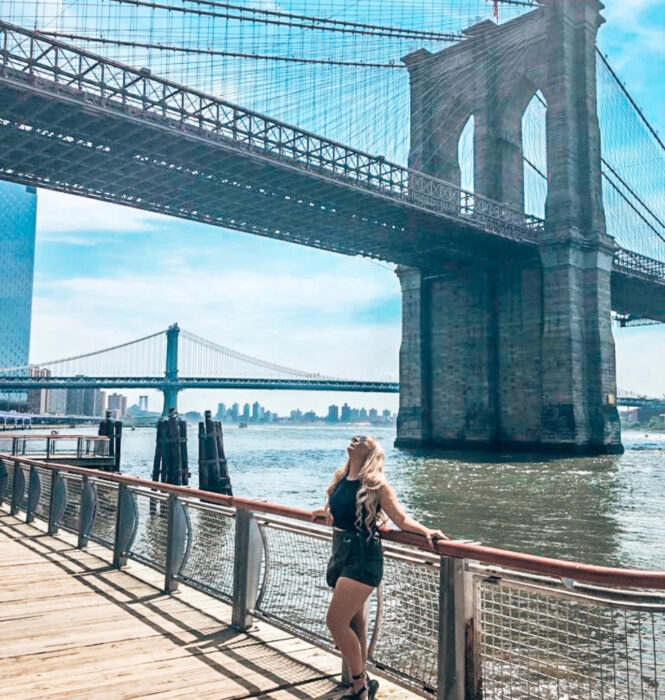Every time we leave the UK in our camper van it requires crossing the English channel. Our favourite way to cross is taking the ferry from Dover to Calais. The ferry allows us the time to beak from driving and spend time exploring the ship, stretching our legs and checking out the shops and food options.
Having said that the ferry is not the quickest and most convenient way to cross the channel. Using the Euro Tunnel train takes almost an hour less, however since you have to remain in your vehicle you do not get the same break.
Having a camper van, motor home or caravan allows you to remain in your vehicle and use your own facilities for the duration of the crossing.

These are our top tips for crossing the English Channel in your Camper Van
The Ferry
You can cross the channel by taking a ferry from Dover to Calais. Two operators offer ferries from Dover these are P & O Ferries and DFDS. Each have dedicated loading bays at the ferry terminal and allow you board as easily and seamless as possible.
You leave your car at the bottom of the ferry and head upstairs to the decks where leisure and entertainment awaits.
On board the ferries you have spacious lounge areas including those with a coffee shop and bar area as well as a food court and fully functioning restaurant.
Being on board the ferry also allows you to do some duty free shopping once you have passed the English channel. Alcohol and cigarettes are all tax free as well as a host of other goods such as electrical’s, make up and accessories.
The ferry takes approximately 1 hour and 30 minutes depending on the sailing conditions and runs approximately 23 times per day.
Booking earlier is much cheaper and allows you to receive better rates than those booked last minute or at busy times.
You can also book loyalty passes that allow you to purchase a bundle of crossings at a lower price.
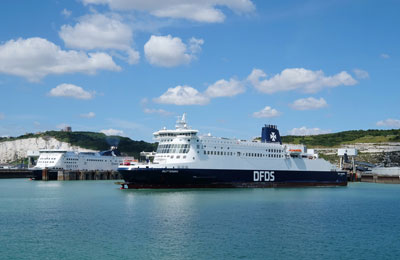
Source: Cheap4ferries
The Euro Tunnel
The Euro tunnel connects you to Europe via a 50 kilometre tunnel on board a high speed train. You board the train at Folkestone and it arrives in Calais France.
The Euro train is the faster option than connects you to Europe in approximately 30 minutes.
The other difference is that those on the train stay on the carriage with their vehicle for the duration of the journey.
Food, drink and shopping experiences await you at terminal before and after you board.
The Euro tunnel train is often cheaper than the ferry if booked in advance. Again you can choose the loyalty option which enables you up to 10 crossings at only £49 per crossing.
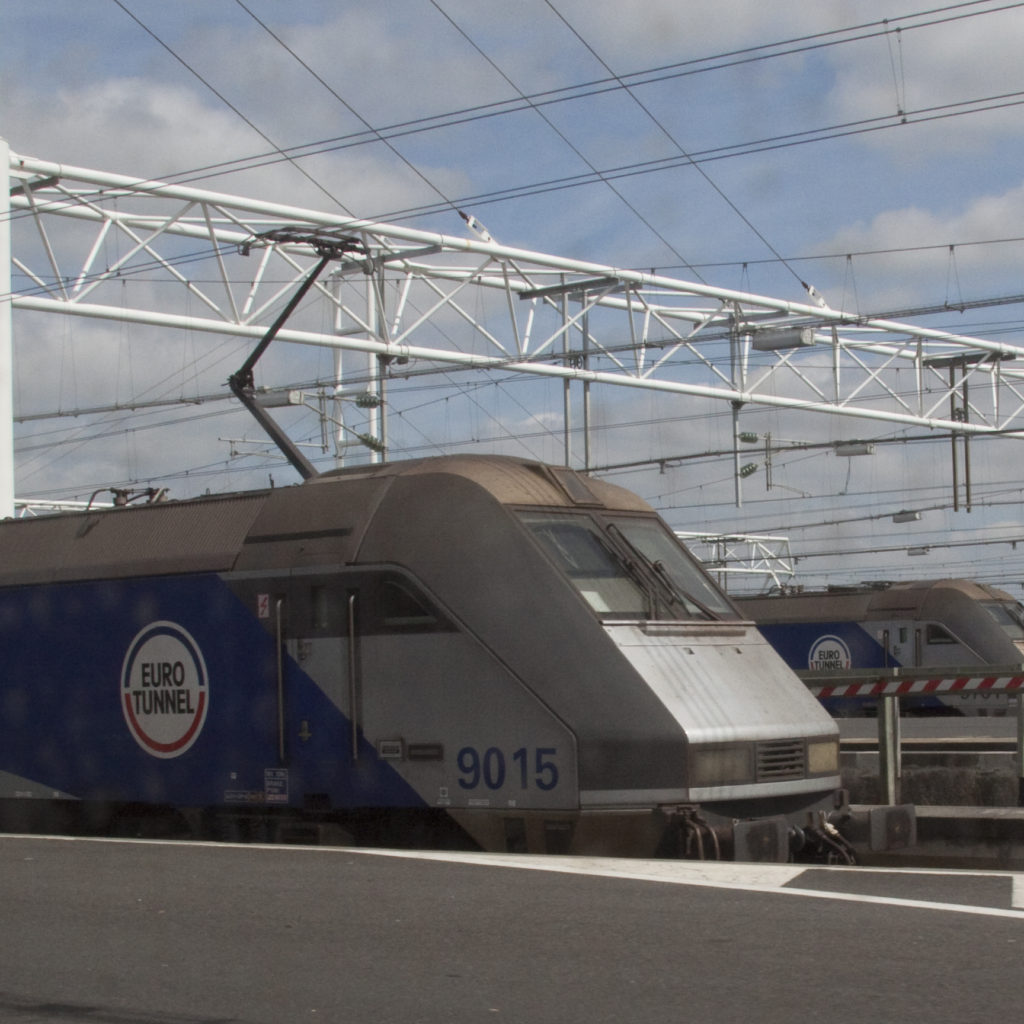
Source: Wikapedia
Parking space on board
It is important when booking your ferry or train that you import the exact length and height of your vehicle. Some ferries and trains have a maximum height and you will need to ensure that there is adequate space for your camper van.
You will also need to enter in if you are carrying nay type of extra load such as trailer, roof storage or sports equipment etc.
Having a larger vehicle may reduce the amount of crossings you can use daily.
Arriving in Calais
When arriving in France there are a few rules and laws that you must abide by to ensure that you are meeting the law of the road in Europe.
- Ensure you have European breakdown cover that will cover you in the event of a breakdown in Europe
- Carry a alcohol breathalyser – This is a road law in France
- You must carry a warning triangle
- You must carry reflective safety jackets
- You must attach beam detractors and reflectors to your headlights
- You must carry your drivers licence and passport
- Your car insurance documents
- Your V5C certificate
You can purchase a kit on the ferry from Dover to Calais with all of the items you will need inside. These are usually on special and can be found at a cheaper price than those purchased elsewhere.
Make sure you have this in your vehicle before you leave the ferry or risk the chance of receiving a fine from the police.
Rules of the road in France
Some of the rules of road in France are different to that of the UK. Apart from the fact that you drive on the right hand side other than the left you will also need to consider that this means you will give way to the right rather than the left.
Other rules can include;
- There is no amber light after a red light, even through there are 3 lights on the traffic light system
- A flashing red light means no entry
- If you see a red light and a amber light with a arrow it means you can turn in that direction if it is clear
- You overtake on the left
- The left lane is the fast land and should only be used to overtake
- You cannot use your horn during the hours of darkness
- Speed is calculated in kilometres and generally the natural speed limit for a motorway unless otherwise directed is 130km
Make sure you are aware of the changes in the law or risk receiving a fine or having your licence revoked.
Speed rules
As mentioned above the National speed limit in France is slightly different to the UK.
Motorway speed limits;
- National speed limit is 130km in normal conditions
- 110km in rainy conditions
- 50km when viability is under 50 meters
Dual carriageways;
- 110km in normal conditions
- 100km in rainy conditions
- 50km when viability is under 50 meters
Normal roads
- 90km in normal conditions
- 80km in rainy conditions
- 50km when viability is under 50 meters
Built up areas and cities
- 50km in all conditions
Lay by’s
Using the lay by’s in France may surprise you. They are large green spaces equipped with parking for motor homes and camper vans where you can catch some sleep if you need to.
Many of them also include;
- Picnic area’s
- Toilets and showers
- Fuel stations
- Electric car charging points
- Food options
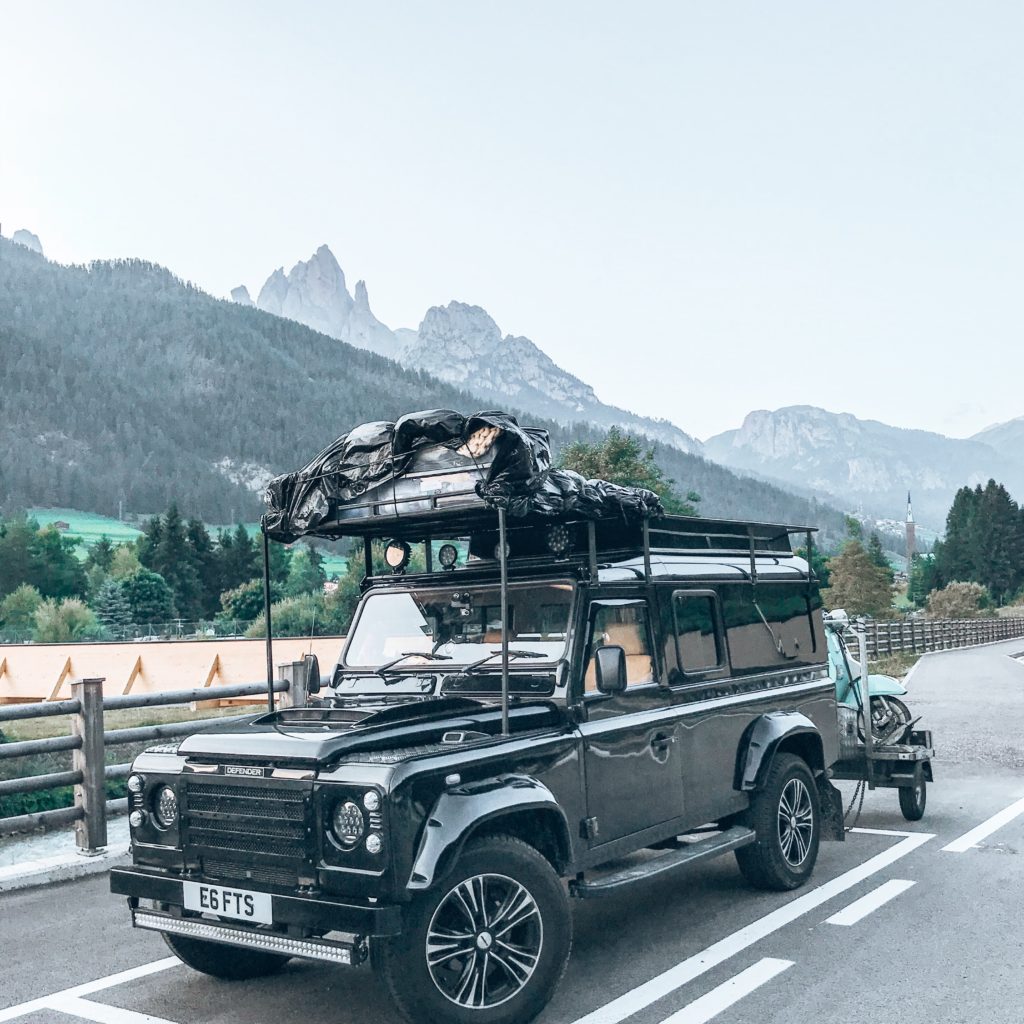
Pin me

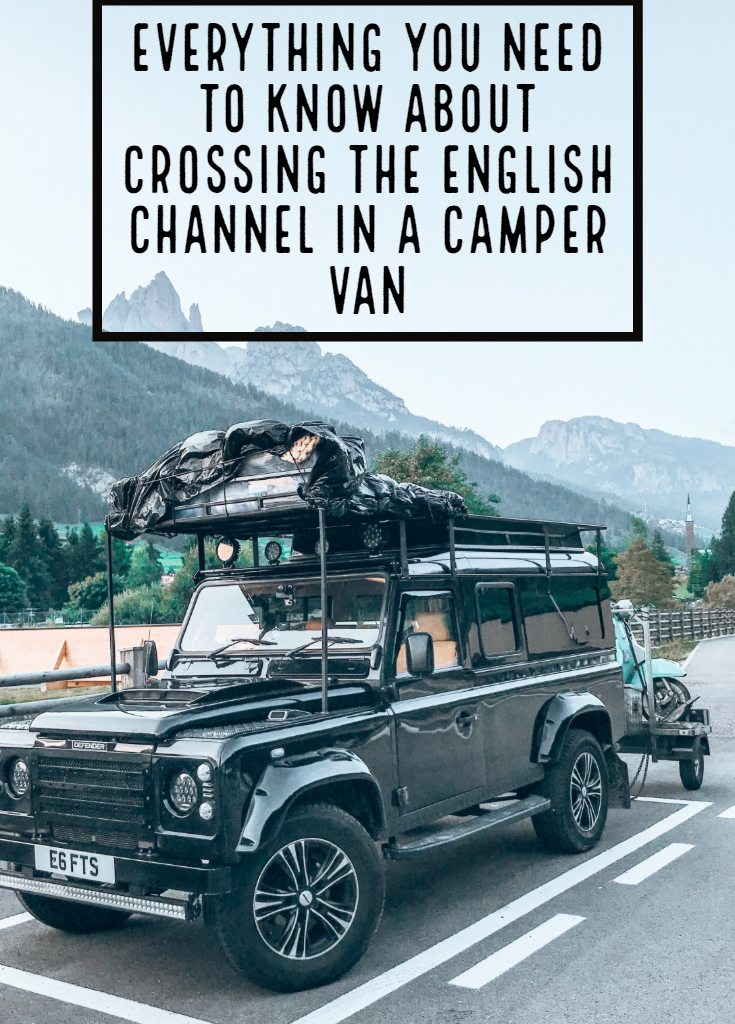
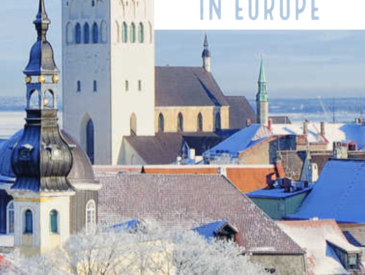 The cheapest winter break destinations in Europe
The cheapest winter break destinations in Europe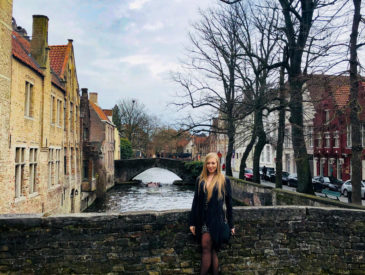 Road trip guide UK – Netherlands
Road trip guide UK – Netherlands Best Camper Van Locations in Europe
Best Camper Van Locations in Europe